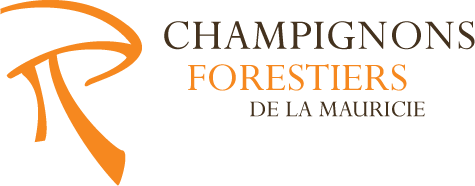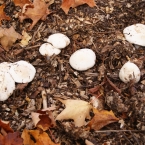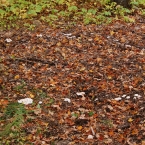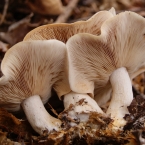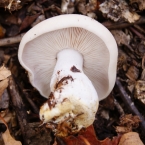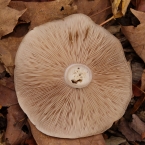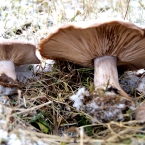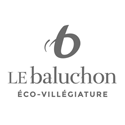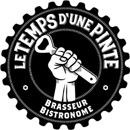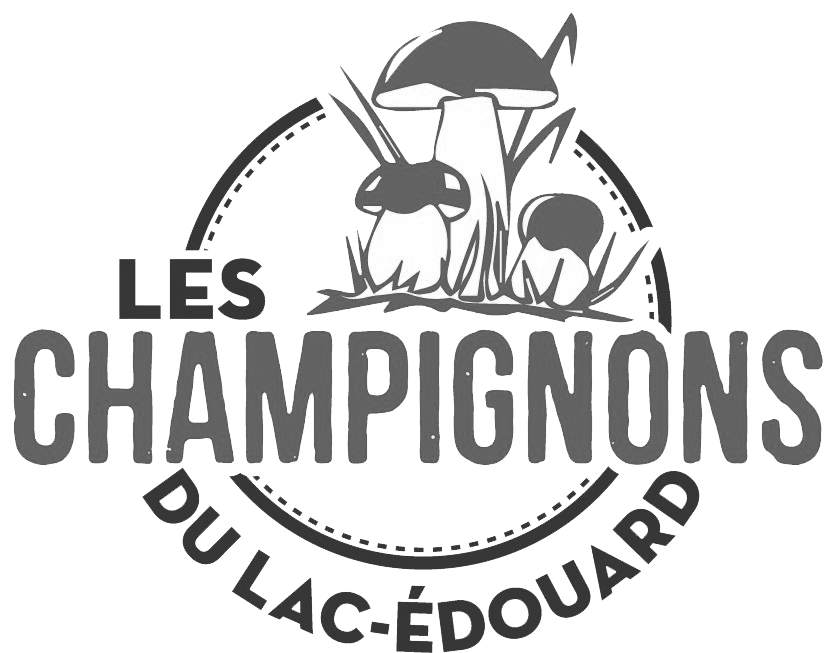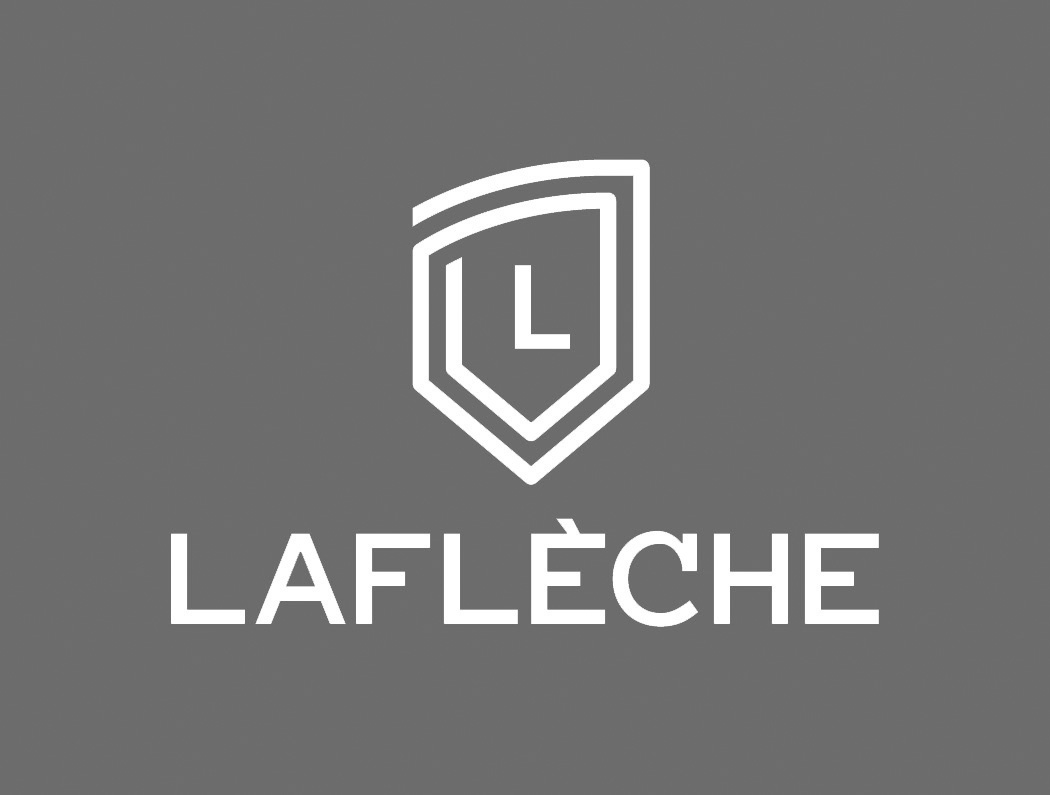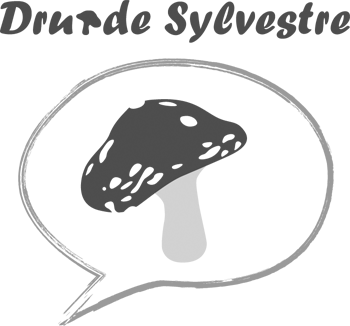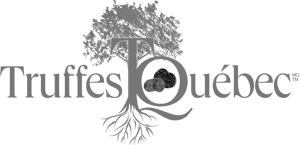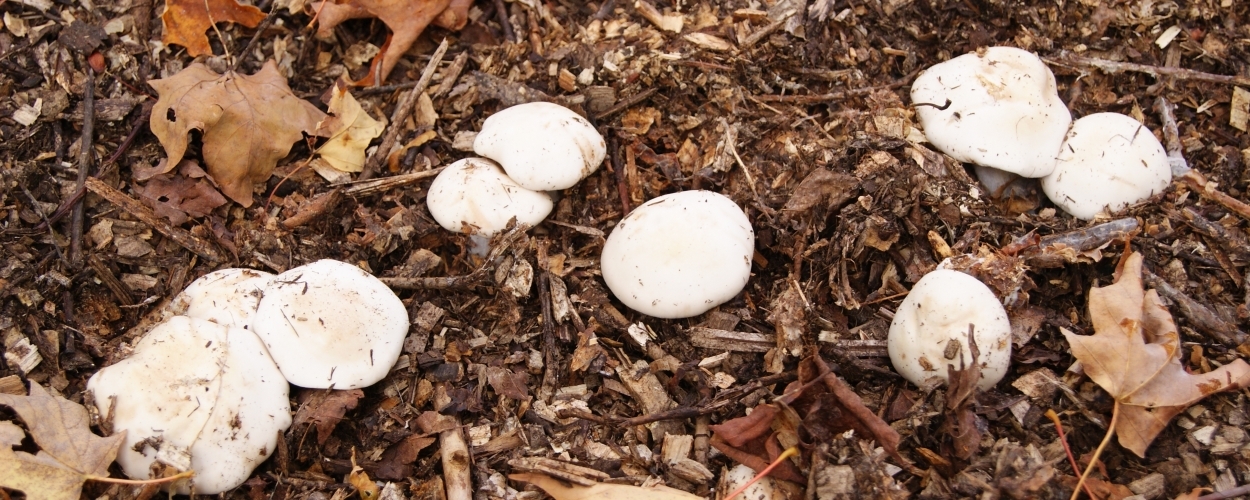
The Blewit may be encountered in the summer, but true fructification occurs in autumn up until the snow arrives 9. A secondary and tertiary wood decay fungus, this mushroom develops in a wide variety of substrates: straw, wood fibre compost, piles of pine needles, and hard- or softwood ramial wood chips. The Blewit is present throughout Quebec to the northernmost reaches of the boreal forest.
The mycelium develops in the ground in shiro that grow a few cm each year, leading the fruit bodies to form a fairy circle 3. For these troops of Blewits to flourish, they must be nourished every year by falling leaves or a new layer of crushed wood that covers the entire shiro.
At first, the blue tint is not obvious because it is very pale 2 6, sometimes almost white. It may be necessary to look at other criteria: a smooth cap with thick flesh 8; free gills 7 8; and a smooth, ringless stem 6, enlarged at the base, that culminates in a bulb with no volva. The Blewit is a rather massive mushroom with thick flesh.
New Blewit shiros can be created by transplanting parts of the shiro’s mycelium in favourable locations. After a few years, fruit bodies can be harvested from new fairy circles.
Photos: Fernand Miron.
Habitats where you can find this species :
Click on thumbnails
to get a larger image
Possible companion species
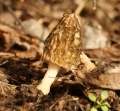
+
Black Morel
Morchella conica
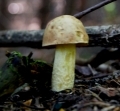
+
Golden Bolete, Glabrescent Bolete
Boletus subglabripes
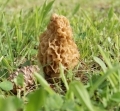
+
Yellow Morel
Morchella esculenta

